
Ghost Pipe Mushrooms
Monotropa uniflora, also identified as ghost plant, ghost pipe or Indian pipe, is a herbaceous perennial plant native to warmer regions of Asia, North America and northern South America, but with large gaps separating areas.
The plant is seldom wholly waxy white, but frequently has black streaks or pale pink colouration. Rare exceptions may have a deep red colour.
The plant seems to resemble what plants would look like in the ghost world. It has an ethereal look and feels about it, almost as if from a distance in a dark forest you could mistake it for the apparition of a plant!
The Indian pipe plant, also known as the ghost pipe and the corpse plant, is a native North American wildflower. The plant gets its common name from its appearance, which is said to resemble a Native American peace pipe or a human corpse.
The Indian pipe is a member of the Monotropa family, which contains around 30 species of plants that lack chlorophyll and are unable to produce their own food.
Instead, they rely on other plants for nutrition. The Indian pipe plant is a flowering plant that is native to North America. The plant gets its name from the fact that it has a long, thin stem that resembles a pipe.
The Indian pipe plant is a member of the Monotropa family, which means that it does not have chlorophyll and does not need sunlight to grow. The Indian pipe plant is an example of a parasitic plant, which means that it attaches itself to the roots of other plants in order to get nutrients.
Ghost Pipe Mushrooms – A Rare and Unique Plant
It was previously classified in the order Monotropaceae but is now incorporated within the Ericaceae.
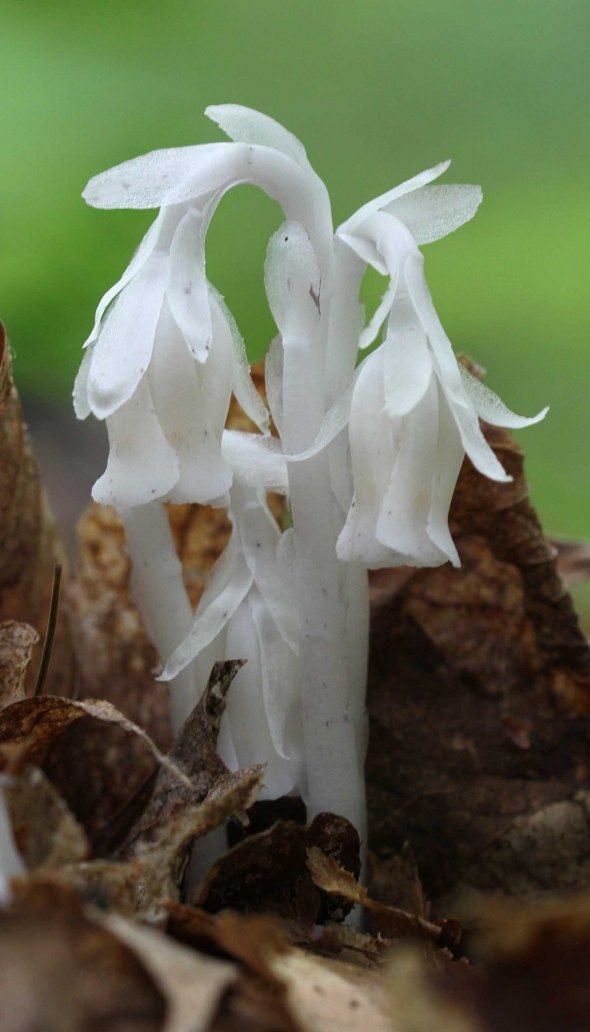
The rare and unique plant does not have a long life span, depending on the right circumstances, (moisture after a dry spell) it can appear full-grown inside a couple of days.
Unique from most plants, it is white and does not hold chlorophyll, making other plants green or variations of it.
Instead of producing energy from sunlight, it is parasitic, particularly a symbiotic plant that “borrows” nutrients from another plant.
It gets its energy from photosynthetic trees. Since it is not reliant on sunlight to grow, it can grow in very dark conditions as in the understory of a thick forest. It is often linked with beech trees.
The complicated relationship that enables this plant to develop also makes propagation and growing difficult.
Like most symbiotic plants, M. uniflora partners with a small range of fungal hosts, all of Russulaceae members.
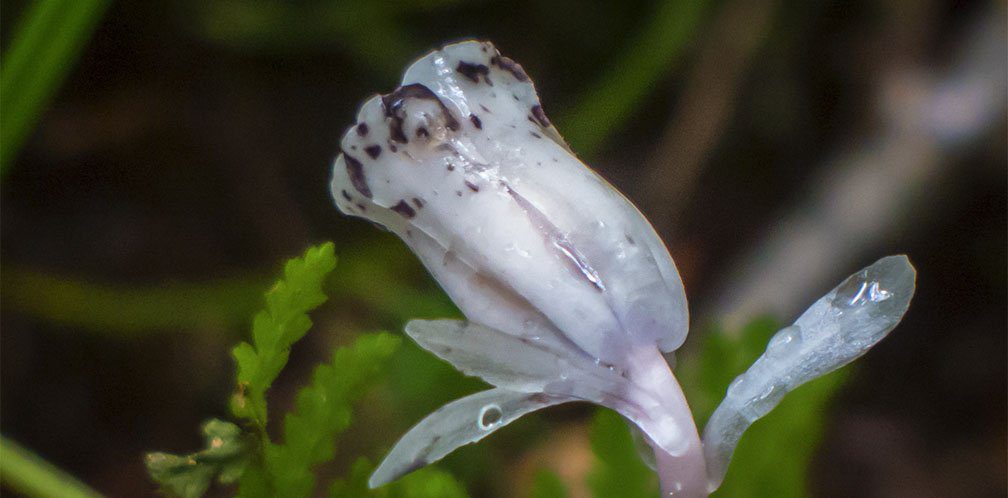
What Does The Indian Pipe Plant Look Like?
The stems reach tops of 5–30 centimetres (2.0–11.8 in), enclosed with highly reduced leaves 5–10 millimetres (0.20–0.39 in) in length, best known as scales or bracts.
These arrangements are small, thin, and translucent; they do not have stalks with attached leaves but rather extend in a sheath-like style out of the stem.
As its scientific name implies, and unlike the related Monotropa hypopitys (but like the close relation Monotropastrum humile), the stems display a single flower 10–20 millimetres (0.39–0.79 in) long, with 3–8 translucent petals, 10–12 pollen producers and a single female flower ovary.
It blooms from early summer to early autumn, often a few days after rain. The fruit, an oval capsule-like formation, enlarges and grows upright when the seeds ripen. At this point, the stem and capsule look desiccated or dried out and dark brown or black.
Indian pipe mushroom uses
The Indian pipe plant is a North American native that has a long history of use by Native Americans. The plant is also known as a ghost plant, white sage, or wild tobacco. Indian pipe has several uses, both medicinal and ceremonial.
The plant is most commonly used for its fit properties. Indian pipe has been used to treat various ailments, including colds, flu, stomach problems, and even cancer. The plant is also said to help treat respiratory problems such as asthma and bronchitis. In addition to its fit properties, Indian pipe is also said to have sedative effects and can be used to help with insomnia.
Ceremonially, Indian pipe plant uses include being used in peace pipes and smoking mixtures. It is also sometimes used in sweat lodges. Indian pipe can also be burned as incense.
Indian pipe hallucinogen
The Indian pipe mushroom is a small, white fungus that is found in North America. Native Americans have used this mushroom for centuries as a hallucinogen. The active ingredient in the Indian pipe mushroom is psilocybin, which is a psychedelic compound. When ingested, psilocybin produces hallucinations and altered states of consciousness. The effects of the Indian pipe mushroom can last for several hours.
Native Americans have used the Indian pipe mushroom for religious and spiritual purposes. In some cultures, the Indian pipe mushroom is considered to be a sacred plant. The use of these mushrooms as a hallucinogen can help an individual connect with the spirit world. Some people believe that the spirits of their ancestors can be contacted through the use of these mushrooms.
The Indian pipe mushroom can be ingested fresh or dried. It can also be brewed into tea.
A rare plant and fungus
The ghost pipe mushrooms are considered to be a threatened species due to their rarity. The ghost pipe mushroom is also considered to be a threatened species.
Heath family
The Heath Family is a large family of flowering plants that includes many well-known plants, such as azaleas, heathers, and rhododendrons. The family is also known as the Ericaceae or the heath family. All members of the Heath Family are shrubs or small trees with evergreen leaves. The flowers are usually bell-shaped and borne in clusters. The fruit is a small capsule containing seeds.
The Heath Family is native to temperate regions of the Northern Hemisphere, but some species are also found in the Southern Hemisphere. Many members of the Heath Family are popular garden plants, and some are used in landscaping and horticulture. The Ghost Pipes (Monotropa uniflora) is a member of the Heath Family that is not often seen in gardens because it lacks chlorophyll and cannot photosynthesize.
Since the late nineteenth century, the plant has been used as a nervine(a nerve tonic that calms the nerves) (anxiolytic) in western herbal medicine.
Indian pipe has a vital role to play in the ecosystem, so please don’t pick it or pull it out of the ground. (It will swiftly turn black, so there’s literally no point.) The plant may have previously held medicinal qualities.
Native Americans utilised the sap to treat eye infections and other illnesses. Reportedly, the Indian pipe plant is edible and tastes similar to asparagus. However, eating the plant is not advised, as it may be slightly toxic.
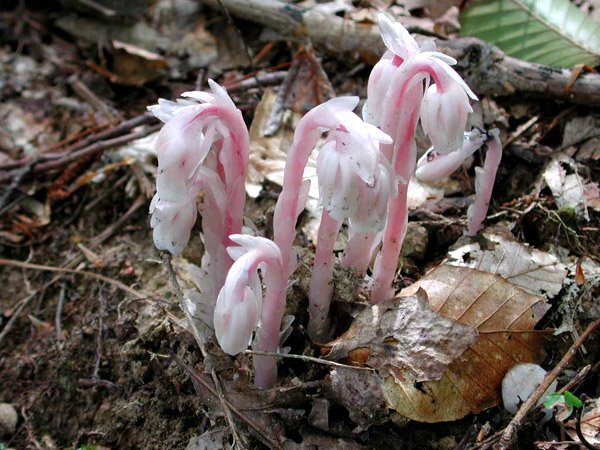
Although the strangely beautiful plant is curiously interesting, it is best experienced in its natural environment. Bring a camera to catch this ghostly, glowing plant!
What Is Indian Pipe Plant? – Characteristics of the Indian Pipe Fungus
What is the Indian pipe? This fascinating plant (Monotropa uniflora) is unquestionably one of nature’s weird oddities.
Because it has no chlorophyll and does not depend on photosynthesis, this ghostly white plant can flourish in the deepest & darkest forests.
Many people call this strange and unfamiliar plant Indian pipe fungus, but it is not a mushroom at all – it just seems like one. It is a flowering plant; believe it or not, it is a blueberry species member.
The Indian Pipe is a Ghost Plant Like None Other
Each Indian pipe plant consists of an individual 3 to 9-inch (7.5 to 23 cm.) stem. Although you may see small scales, no leaves are needed because the plant does not photosynthesise(green plants that convert sunlight into energy).
A white, pale or pinkish-white, bell-shaped flower, which emerges sometime between late spring and fall, is pollinated by little bumblebees. Once the bloom is pollinated, the “bell” forms a seed capsule that ultimately releases tiny seeds into the wind.
For apparent reasons, Indian pipe is also recognised as a “ghost plant” – or sometimes a “corpse plant”. Indian pipe is a parasitic plant that sustains its energy and growing power by borrowing nutrients from specific fungi, trees and decomposing plant matter.
This complex, mutually beneficial process enables the plant to survive.
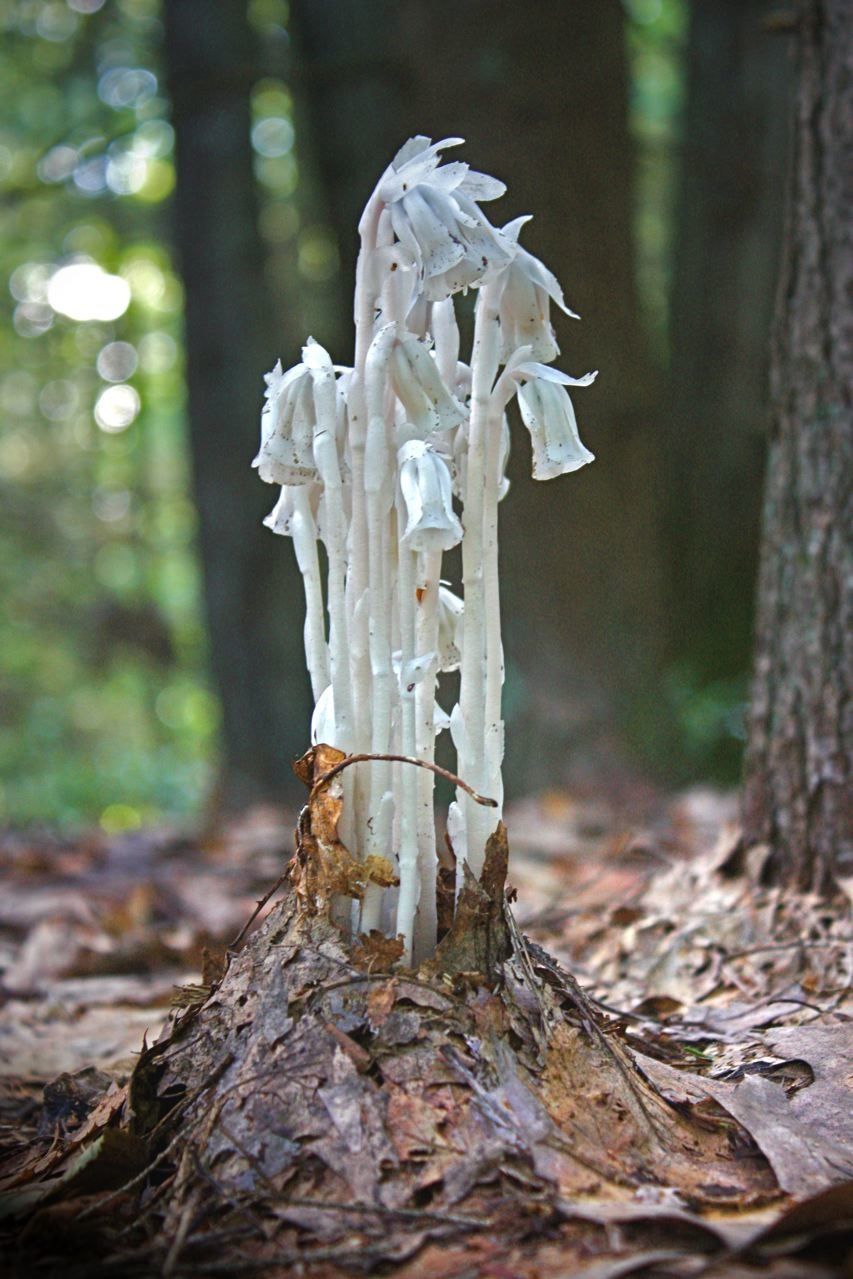
Where does Indian Pipe Grow?
Indian pipe is located in dark, shady woods with rich, moist soil and an abundance of decaying leaves and other plant material.
It is usually found near dead stumps. Indian pipe is often observed near beech trees too, which also favour damp, cool soil. The plant grows in most warm temperate areas of the United States. It is also observed in northern parts of South America.
People also ask
Is Indian pipe rare?
Indian pipe is located in Asia and throughout North America, and in sections of northern South America and is regarded as rare. It is usually found in moist shady areas.
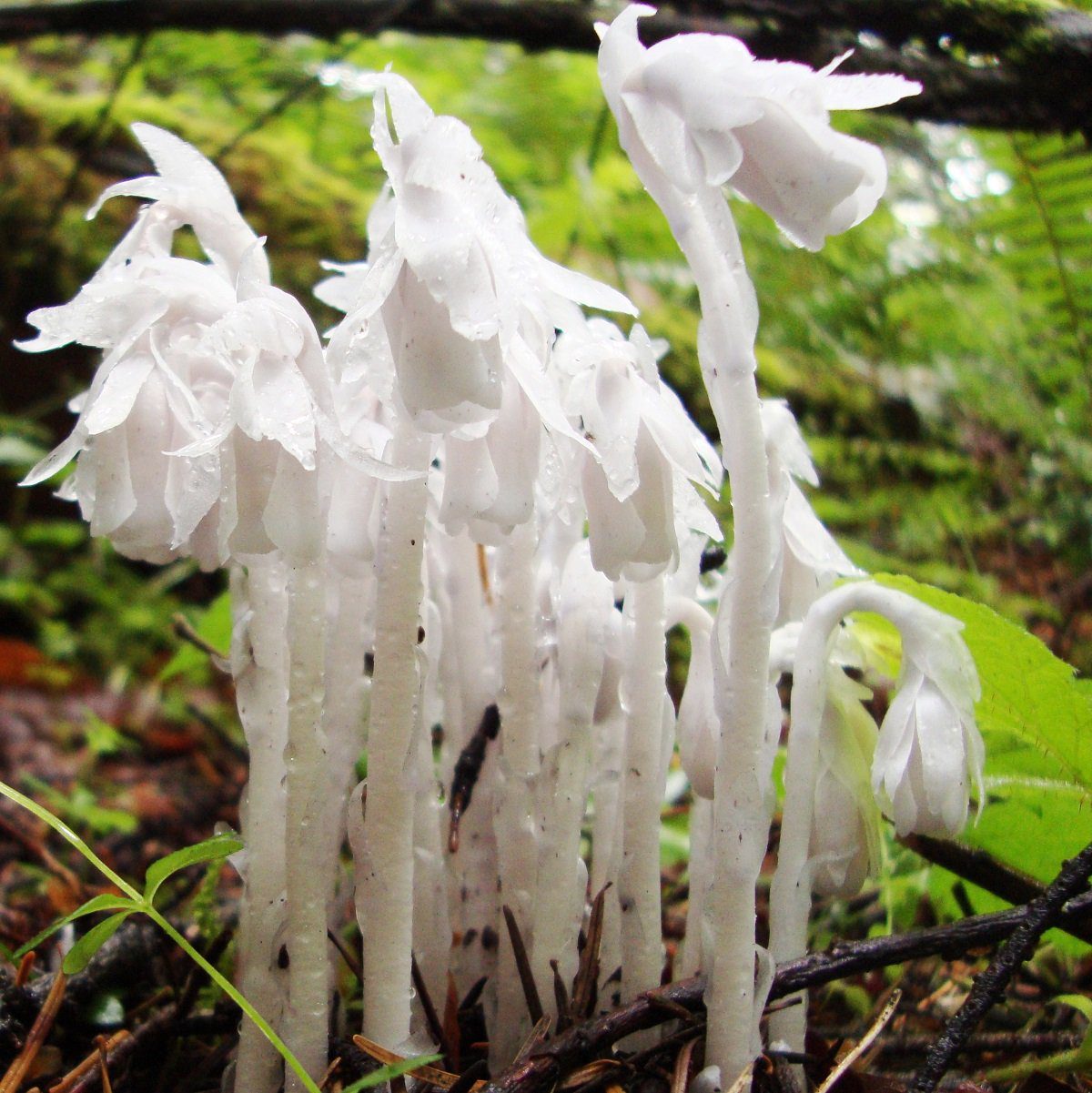
Why is it called Indian pipe?
Monotropa uniflora is usually called “Indian pipe”, a name that echoes the mature plant’s overall appearance: a single stem with a leading distal bend and extended, flowered tip.
Is Indian pipe hallucinogenic?
I would warn against eating this plant and only in small amounts. It holds a glycoside that can be poisonous if eaten in abundance. The plant is also said to own hallucinogenic qualities.
Is Indian pipe a mushroom?
Hikers often confuse Indian pipe for a mushroom or fungus of some kind; it is really a blueberry relation without chlorophyll.
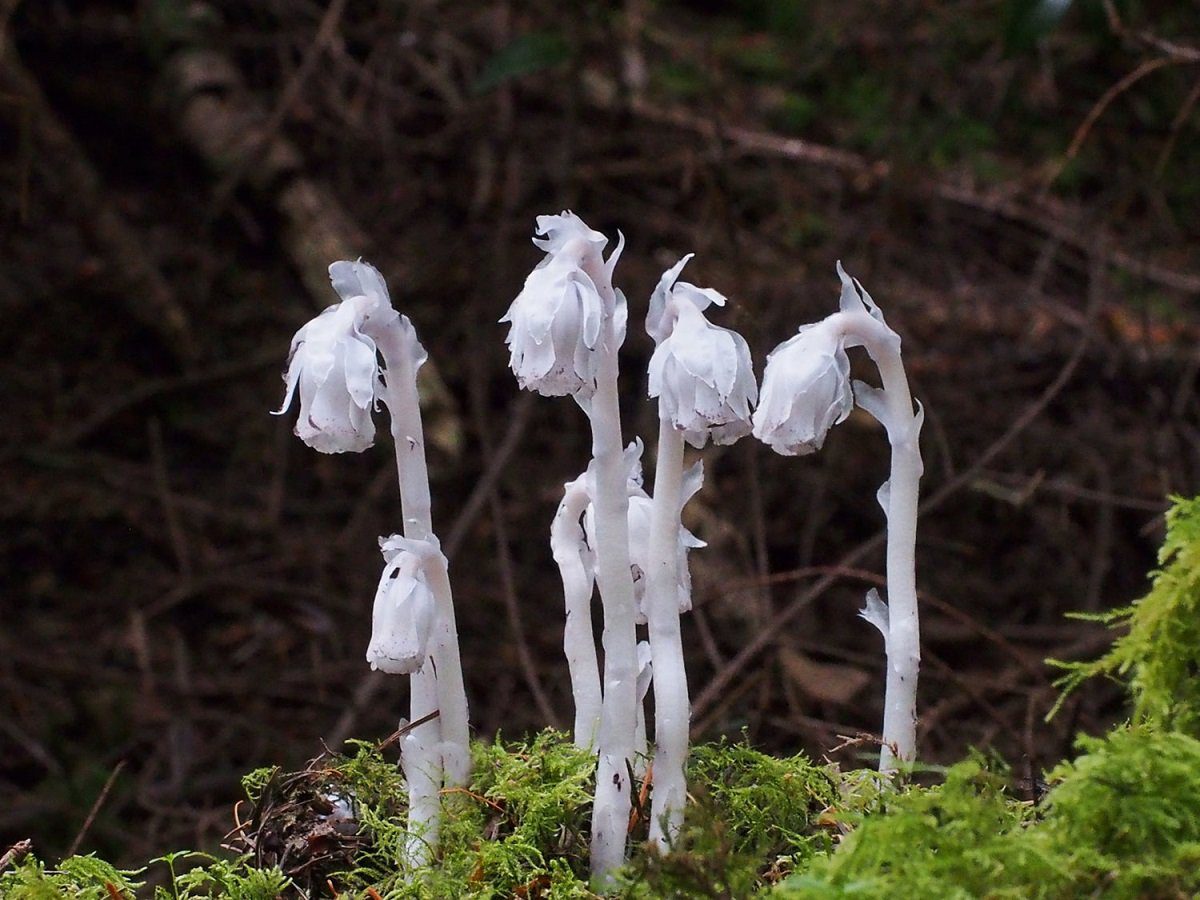
Can you smoke the Indian pipe?
Unlike most plants, it doesn’t produce chlorophyll, the material that makes plants green. Indian pipe looks waxy and sometimes wholly white, but it has black flecks and a pale pinkish colouration.






































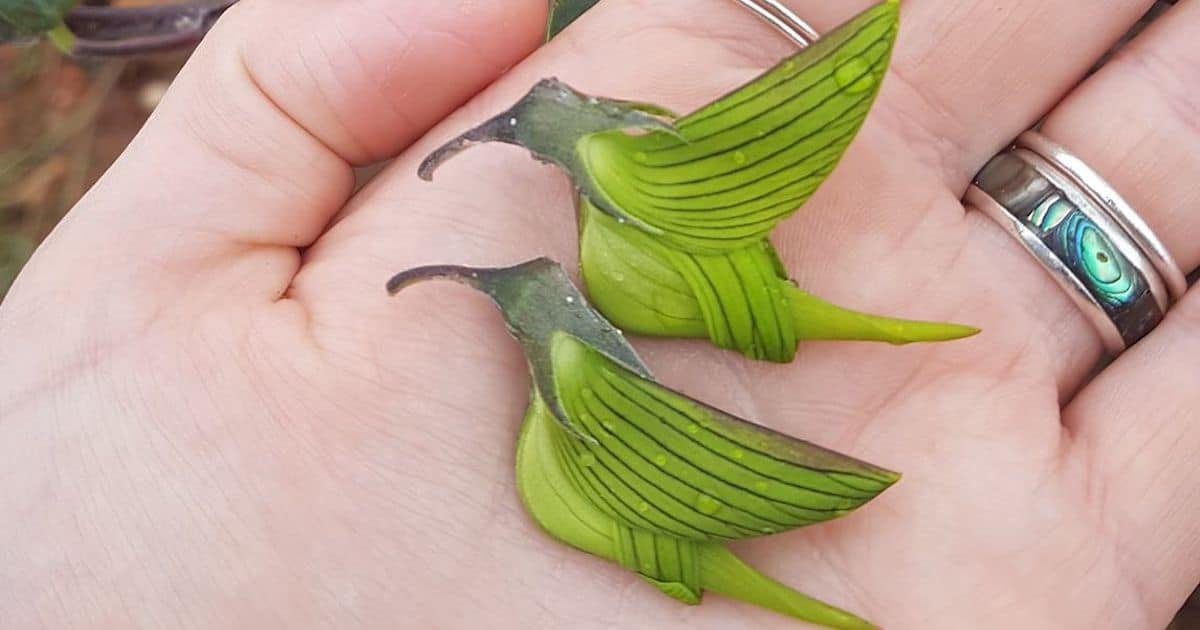
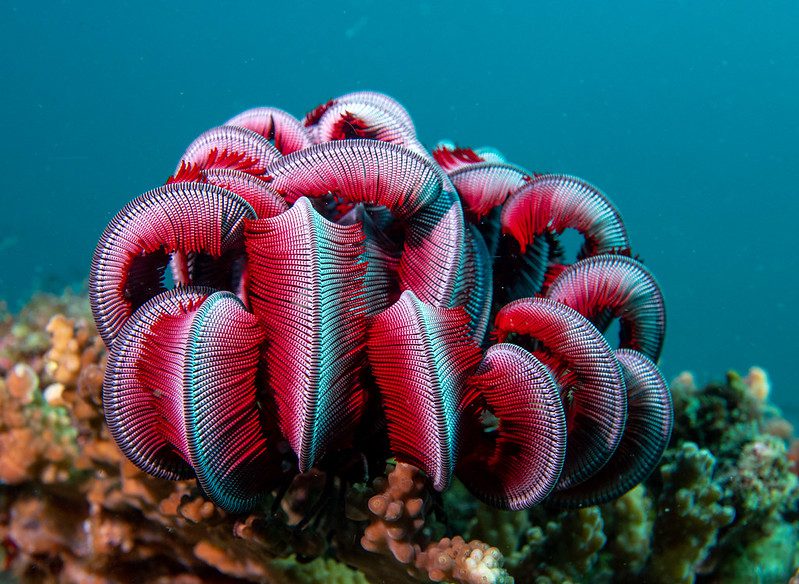
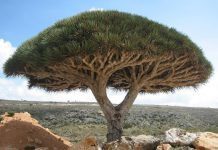





















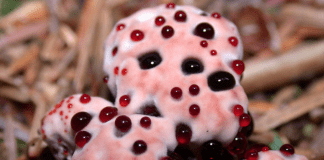
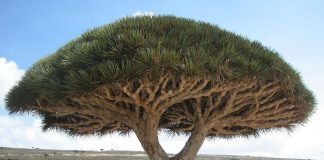
We have them in our MN woods!!!